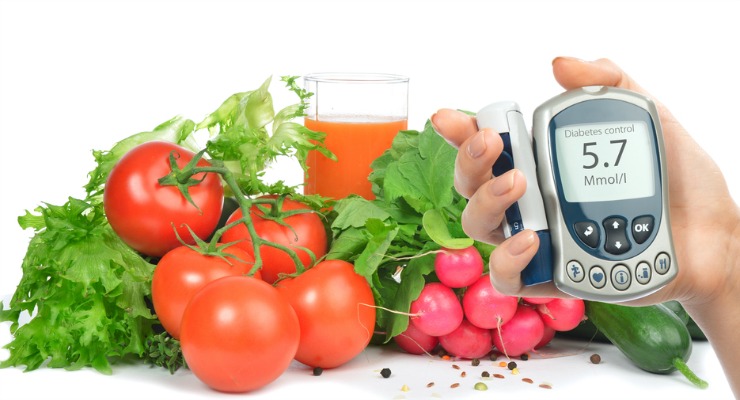Diabetes mellitus is a chronic disease. The body’s ability to produce or respond to the hormone insulin are impaired resulting in abnormal metabolism of carbohydrates leading to high blood sugar levels.
There are 2 types of diabetes Type 1 which is called insulin dependent diabetes mellitus ( IDDM) and Type 2 which is otherwise called non insulin dependent diabetes mellitus (NIDDM).
Type 1 diabetes is due to an impairment in the production of insulin by the pancreas. It is identified in children by their symptoms – intense thirst, frequent urination, loss of weight, tiredness, fruity smelling urine, infection with yeasts (commonly called fungal infections).
Type 2 diabetes mellites on the other hand is due to an inability to respond to insulin. This type of diabetes mellitus manifests later in life. The symptoms are loss of weight, thirst, frequent urination, fungal infections etc. It is a preventable disease if interventions are started early.
Tests to diagnose diabetes :
Blood sugar levels-both fasting and 2 hour after food (post prandial)
Oral glucose tolerance test- a test in which the blood sugar levels are checked both in fasting state as well as after consumption of a standard dose of glucose. 4 such values are checked -1/2 hour, 1 hour, 1 1/2 hours, and 2 hours after consuming glucose. This test identifies diabetes pretty early even when missed in a regular fasting and postprandial blood tests
HbA1c- speaks of the control of blood sugar in the past 3 months
Normal values
Fasting sugar- 70-100mg/dl
2 hr Postprandial sugar – below 140mg/dl
HbA1C- below 5.6
Who is called a prediabetic – those with fasting blood sugar between 100 and 124mg/dl, 2 hr postprandial blood sugar between140 and 199 md/dl , HbA1C between 5.7-6.4
Complications of diabetes mellites
Diabetes affects the heart and the blood vessels and can cause heart attacks. It can affect the kidneys and they start leaking proteins in urine. It can affect the nerves and eyesight. The damage begins at the prediabetic stage itself and by the time a client is diagnosed as diabetic, considerable damage has already taken place
Treatment of Diabetes mellitus
Type 1 diabetes is treated with insulin whereas type 2 diabetes is treated with various groups of anti diabetic drugs. Both the varieties need a diabetic diet plan which is a balanced diet with carbohydrates, proteins and fat. Foods that have a low glycemic index is preferred, that is, those which do not lead to a spike in blood sugar levels but maintain it in the normal range. Exercise prescription in diabetes is very important for 2 reasons- to increase muscle mass and increase insulin sensitivity- both which will control blood sugar levels
Who should ask for a diabetes prevention consultation and enroll in a diabetes prevention program
A.Those who are prediabetic
B. Those who have a history of gestational diabetes during pregnancy
C.Those who are obese
D. Those who have family history of diabetes

